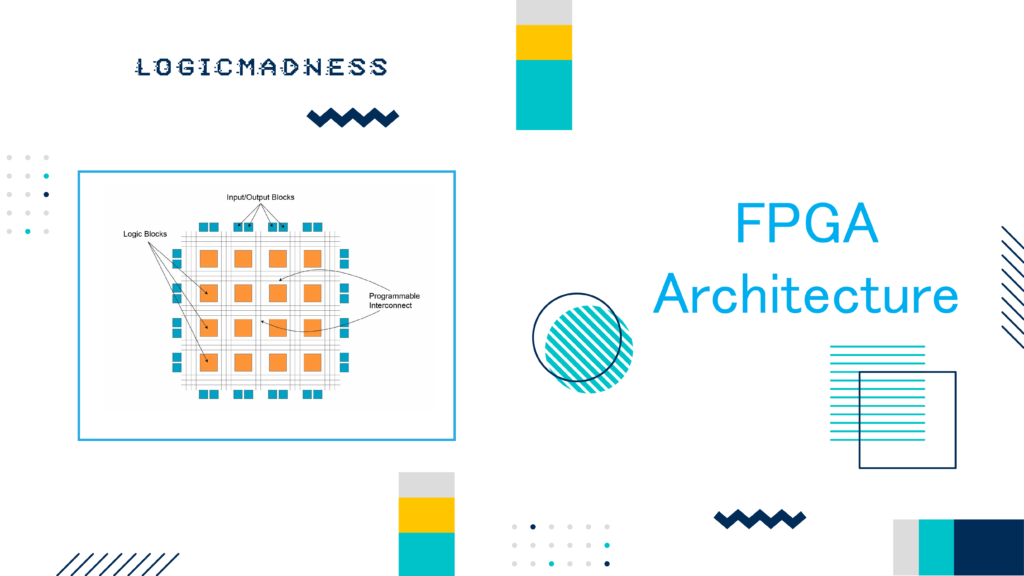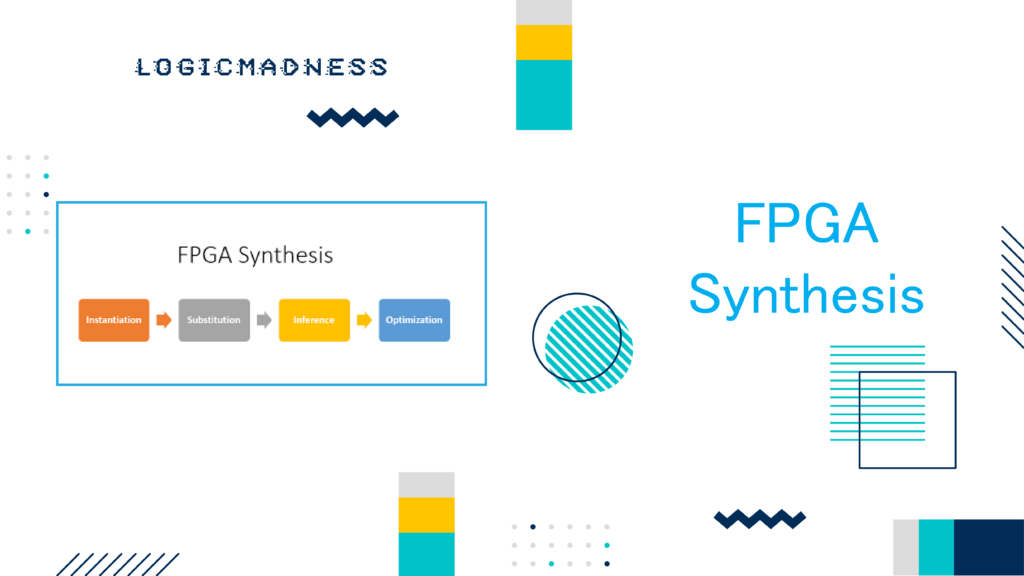Music synthesis has evolved dramatically over time, from the analog synthesizers of the past to the advanced digital instruments of today. Among the most groundbreaking tools shaping modern sound creation is the Field-Programmable Gate Array (FPGA). By integrating FPGAs into music synthesis, musicians and sound designers are unlocking new possibilities for creating unique sounds and instruments.
What is FPGA in Music Synthesis?
FPGAs are programmable circuits that can be configured to perform specific functions. Their flexibility makes them ideal for advancing music synthesis, allowing for the creation of innovative sound designs that traditional methods can’t achieve. FPGAs enable musicians to develop entirely new audio effects, soundscapes, and instruments by implementing real-time signal processing, parallel computing, and customizable algorithms.
FPGAs provide a robust platform for sound design, enabling musicians to explore new creative directions in their music production. Their ability to manipulate sound in real time gives them a significant edge over traditional synthesis methods, pushing the boundaries of what’s possible in music creation.
Traditional Music Synthesis Techniques
Before we explore the full potential of FPGAs in music synthesis, let’s review the conventional methods used to create sounds in music production.
1. Analog Synthesis
Analog synthesis relies on manipulating continuous electrical signals to create sound. Key components include:
- Voltage-Controlled Oscillators (VCOs): Generate raw waveforms like sine, square, and sawtooth waves.
- Voltage-Controlled Filters (VCFs): Shape the tonal characteristics of the sound by filtering specific frequencies.
- Voltage-Controlled Amplifiers (VCAs): Control the volume and dynamics of the sound.
- Modulation Sources: Envelopes and Low-Frequency Oscillators (LFOs) add movement by modulating parameters such as pitch and volume.
Analog synthesis is loved for its organic, warm sound but can be challenging to reproduce consistently due to environmental factors like temperature.
2. Digital Synthesis
With digital synthesis, sound is generated using algorithms and digital waveforms. Some common techniques include:
- Additive Synthesis: Combining multiple sine waves at different frequencies and amplitudes.
- Subtractive Synthesis: Starting with a complex waveform and using filters to remove unwanted harmonics.
- FM (Frequency Modulation) Synthesis: Modulating the frequency of one waveform using another to create complex timbres.
- Wave Table Synthesis: Using pre-recorded waveforms to create diverse tones.
Digital synthesis offers precision, reproducibility, and the ability to create new sounds not achievable with analog systems. However, some argue it lacks the warmth of analog synthesis.
3. Challenges in Traditional Synthesis
While traditional methods are foundational, they come with several limitations:
- Static Nature: It’s hard to create dynamic or evolving sounds with traditional synthesis.
- Polyphony Issues: Analog systems may struggle to handle multiple voices simultaneously, while digital synthesis is often constrained by processing power.
- Sound Reproduction: Achieving realistic instrument sounds is challenging, often resulting in synthesized music sounding artificial.
How FPGA Transforms Music Synthesis
FPGAs offer exciting new opportunities for musicians and sound designers by overcoming the limitations of traditional synthesis techniques. Let’s explore how FPGAs are used in music synthesis.
A. Real-time Signal Processing
FPGAs excel at real-time signal processing, allowing sound manipulation with low latency. This makes them ideal for creating and modifying sounds instantly. Unlike conventional Digital Signal Processors (DSPs), FPGAs can be customized for specific tasks, enabling musicians to create complex and intricate sounds in real time.
Their parallel processing power allows multiple synthesis algorithms to run simultaneously. This is particularly beneficial for achieving polyphony and multitimbral capabilities, enabling the production of rich, layered musical textures.
B. Customizable Algorithms
Another advantage of FPGAs in music synthesis is the ability to design custom algorithms. This gives sound designers complete control over the waveforms, modulation techniques, and signal processing methods used in sound creation. Unlike traditional synthesizers, which use predefined algorithms, FPGA-based systems allow users to craft unique sounds by modifying the synthesis parameters to suit their artistic vision.
Case Studies: Real-World FPGA Applications in Music Synthesis
Let’s take a look at a few successful implementations of FPGA in music synthesis. These examples demonstrate how FPGAs are revolutionizing sound design.
1. The Morphogenetic Sound Generator Project
Overview: This FPGA-based project explores the concept of morphogenesis, which is the process of an organism’s growth and development. The project uses FPGA to simulate and control morphogenetic algorithms for real-time sound synthesis.
Implementation: The FPGA processes natural, evolving patterns to create dynamic soundscapes. This enables musicians to create organic, evolving sounds that are impossible to replicate with traditional synthesis techniques.
Impact: The Morphogenetic Sound Generator allows for the production of unique and intricate sounds, further showcasing the power of FPGAs in sound design.
2. Polyphonic FM Synthesis with FPGA
Overview: This case study explores the use of FPGA for polyphonic Frequency Modulation (FM) synthesis. FM synthesis allows for the creation of complex harmonic relationships, and FPGA makes it possible to process multiple FM algorithms simultaneously.
Implementation: The FPGA handles the parallel execution of multiple FM synthesis algorithms, enabling musicians to create rich and evolving harmonic textures in real time.
Impact: By overcoming the polyphonic limitations of conventional hardware synthesizers, this FPGA-based solution opens up new possibilities for FM synthesis.
3. Adaptive Soundscapes in Live Performances
Overview: This case study investigates the use of FPGA to create responsive soundscapes for live performances. The system uses multiple sensors to detect the performer’s movements and adjust the sound synthesis parameters accordingly.
Implementation: The FPGA processes sensor data in real time, dynamically altering the synthesized sound based on the performer’s movements, creating a highly interactive experience.
Impact: This project highlights the potential of FPGA to enhance live performances by integrating the performer and the instrument in a more seamless, dynamic way.
Challenges and Considerations for FPGA in Music Synthesis
While FPGA offers immense potential in music synthesis, several challenges must be addressed for its broader adoption.
A. Technical Challenges
- Programming Complexity: FPGAs require expertise in hardware description languages (HDLs) like Verilog or VHDL. This can be a barrier for musicians without a technical background.
- Resource Constraints: FPGAs have limited memory and processing power, which may not be sufficient for designing complex synthesizers without careful optimization.
- Latency Management: Real-time audio processing requires low latency, which can be difficult to achieve when implementing complex signal processing algorithms.
B. Power Consumption and Efficiency
- Power Consumption: FPGAs’ parallel processing power can lead to high energy consumption. Balancing performance with energy efficiency is important, especially for portable devices.
- Heat Dissipation: FPGAs can generate significant heat during processing, requiring effective cooling solutions to prevent overheating.
C. Integration with Existing Workflows
- Compatibility: Ensuring that FPGA-based synthesizers work seamlessly with Digital Audio Workstations (DAWs) and other music production software is essential.
- User Interface: FPGA-based synthesizers need intuitive interfaces to ensure musicians can easily interact with the technology.
D. Cost Considerations
- Development and Hardware Costs: FPGA-based solutions can be costly to develop and purchase. The cost-benefit ratio must be carefully considered to ensure these tools are accessible to a wider range of users.
Conclusion: The Future of FPGA in Music Synthesis
The integration of FPGAs in music synthesis is revolutionizing sound design. With their real-time processing capabilities and flexibility, FPGAs enable musicians to explore new sonic landscapes and push the boundaries of traditional synthesis techniques. As technology advances, FPGA-based synthesizers are likely to become more powerful and accessible, opening up endless creative possibilities for musicians and sound designers.
By embracing FPGA technology, musicians are poised to continue shaping the future of music production, blending technical innovation with artistic expression to create entirely new musical experiences.

